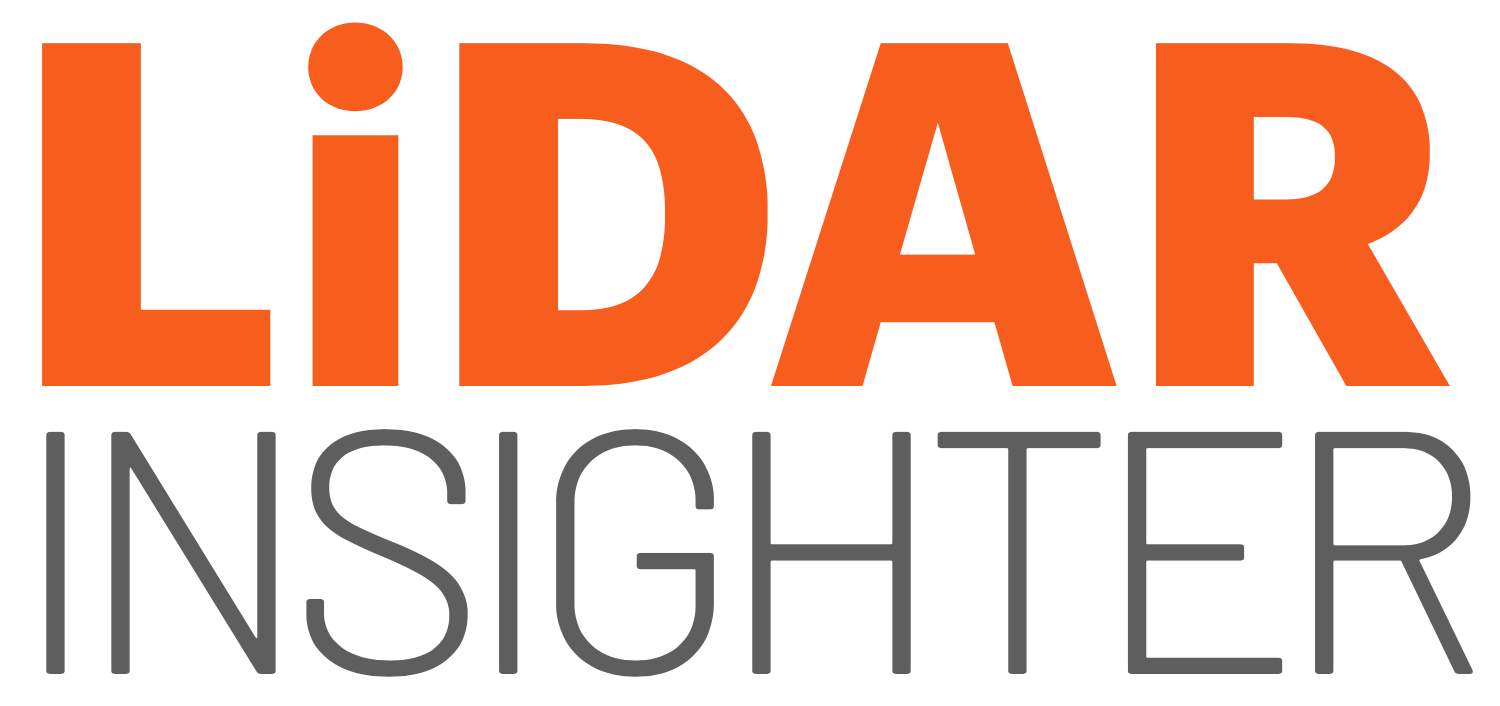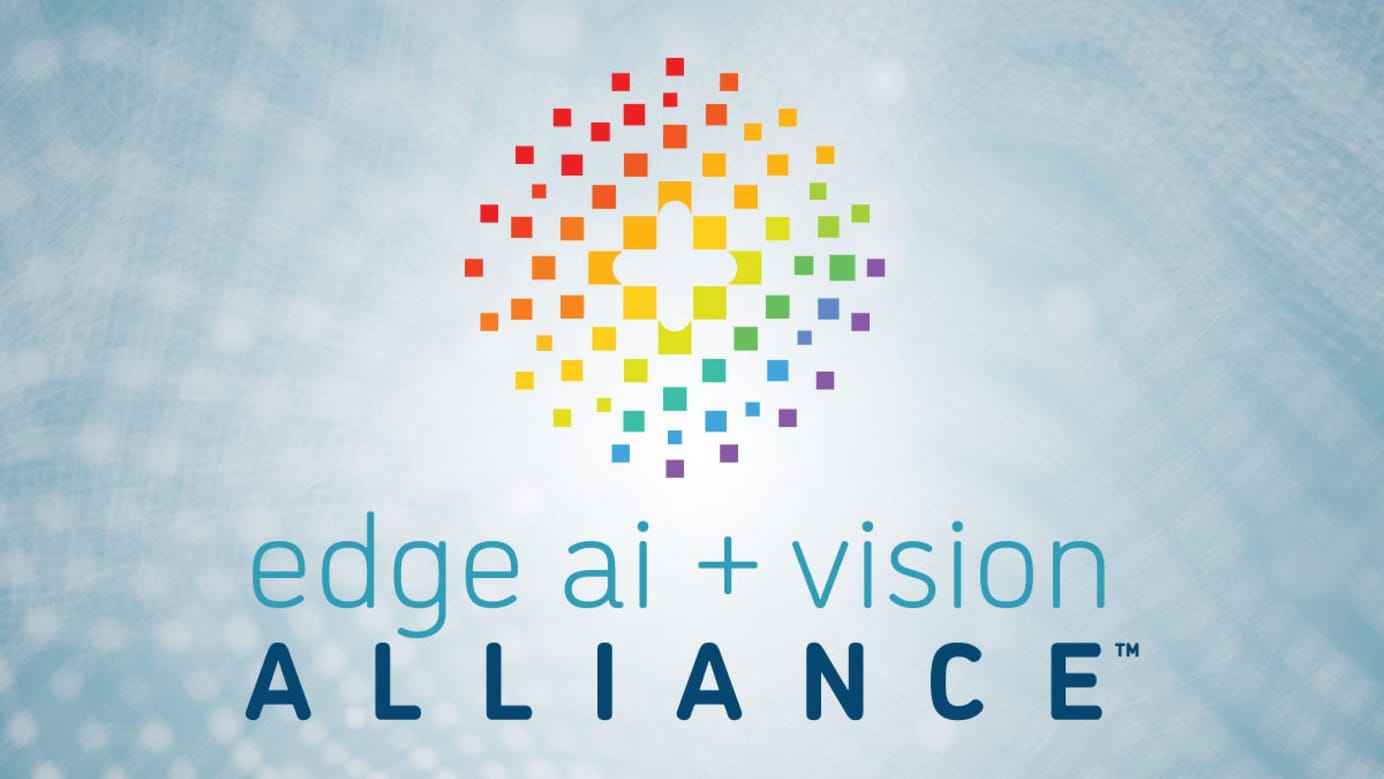
The Democratization of 3D Scanning
Recent advancements in technology have made 3D scanning more accessible to engineers, construction specialists, and field workers. By democratizing the acquisition, organization, and sharing of 3D data, these advancements have revolutionized the way professionals collaborate and solve issues.
The democratization of 3D scanning has transformed the field of engineering and construction. Previously, 3D data acquisition was only possible with specialized equipment and operators. However, with recent advancements in technology, such as the inclusion of LiDAR scanning capabilities in Apple's Pro line of iPhones and iPads, these tools have become more accessible to a wider range of professionals.
One of the key benefits of 3D scanning is its ability to provide full information and context to colleagues when communicating issues in the field. Unlike traditional photos, 3D scans offer a comprehensive view of the problem, allowing for more effective problem-solving. The portability and ease of use of handheld reality capture devices make it more likely that a 3D scan will be taken, eliminating the need for specialized equipment and operators.
However, the true democratization of 3D scanning goes beyond just the acquisition of scans. It is also about the ease in which data can be organized and shared with others. The power and usefulness of 3D and spatial data lie in their ability to be transformed into digital twins that can be interacted with in a 1:1 scale. This allows for better collaboration and understanding among professionals.
Despite these advancements, there are still challenges to overcome. Many applications for 3D scanning lack intuitive organization and powerful sharing capabilities. Linear storage systems and standard sharing tools often fail to provide the organizational power and collaborative ease-of-use that professionals need in the field.
In conclusion, the democratization of 3D scanning has made this technology more accessible and powerful for engineers, construction specialists, and field workers. By facilitating easier acquisition, organization, and sharing of 3D data, professionals are
LiDAR INSIGHTER Newsletter
Join the newsletter to receive the latest updates in your inbox.





